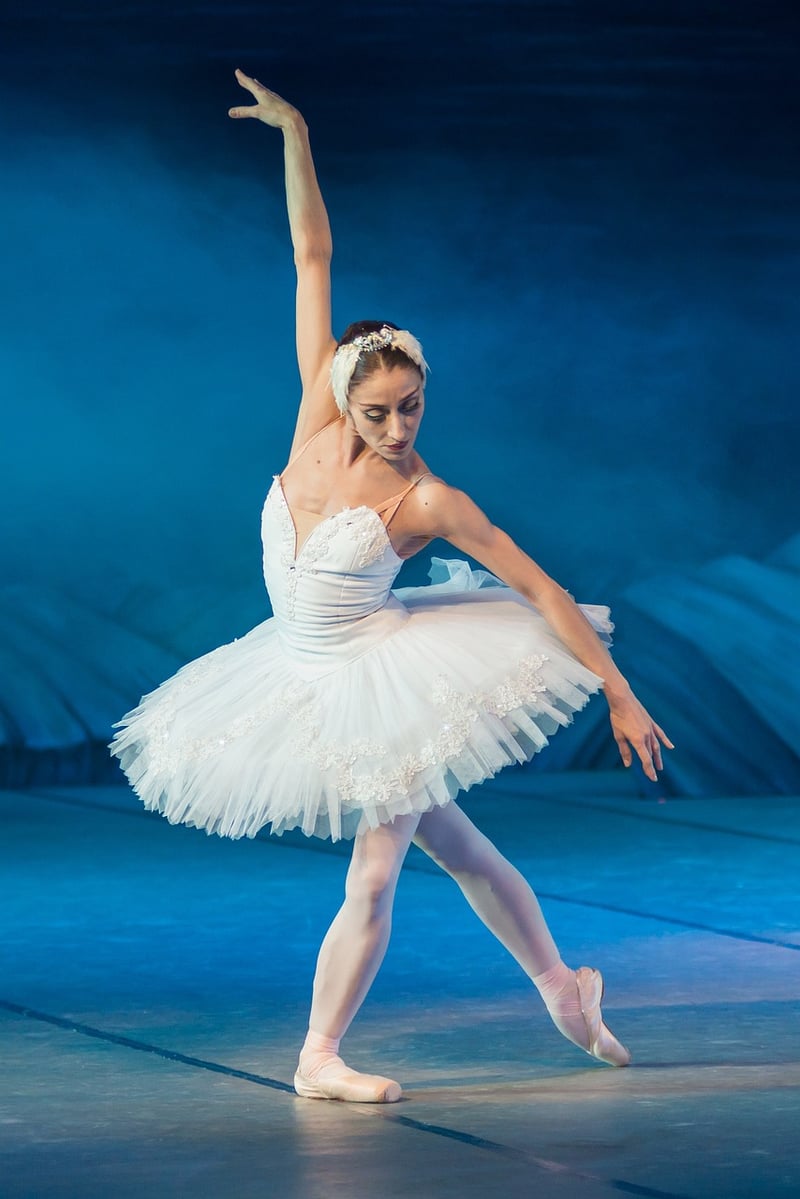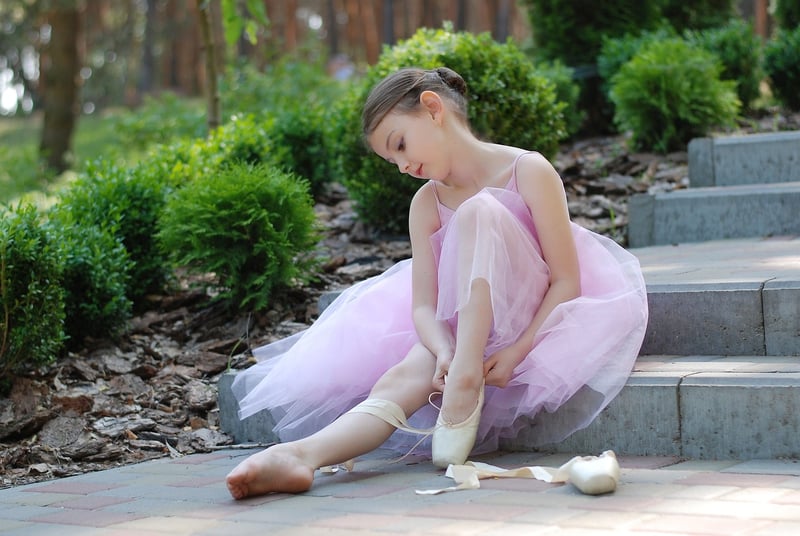Contemporary Dance
Exploring Expressive Movement in Contemporary Dance
Contemporary dance is a powerful art form that allows dancers to express a wide range of emotions and ideas through movement. One of the key aspects of contemporary dance is the use of expressive movement to convey physical and emotional expression. In this article, we will delve into the world of expressive movement in contemporary dance and how it can be used to create compelling and evocative performances.
What is Expressive Movement?
Expressive movement is the use of the body to convey emotions, thoughts, and ideas. In contemporary dance, dancers use a combination of fluidity, strength, and control to communicate a wide range of feelings and experiences. Through gestures, facial expressions, and body language, dancers can create powerful and moving performances that resonate with audiences on a deep level.
Physical and Emotional Expression
Contemporary dance allows dancers to explore both physical and emotional expression through movement. Dancers can use their bodies to convey a sense of joy, sorrow, anger, or any other emotion they wish to express. By connecting their movements to their inner feelings, dancers can create performances that are both authentic and captivating.
Techniques for Expressive Movement
There are various techniques that dancers use to enhance their expressive movement in contemporary dance. These include:
- Isolation: Dancers isolate different parts of their bodies to create unique and striking movements.
- Contrast: Contrasting movements, such as fast and slow or sharp and fluid, can create dynamic and expressive performances.
- Use of Space: Dancers can use the space around them to enhance their movements and create a sense of openness or confinement.
- Emotional Connection: By connecting their movements to their emotions, dancers can create performances that feel genuine and heartfelt.
Benefits of Expressive Movement
Expressive movement in contemporary dance offers a range of benefits for both dancers and audiences. For dancers, it provides a creative outlet for self-expression and allows them to connect with their emotions in a profound way. For audiences, expressive movement can evoke strong emotional responses and create a sense of connection and empathy with the performers.
Conclusion
Expressive movement is a fundamental element of contemporary dance that allows dancers to convey physical and emotional expression in a powerful and evocative way. By exploring the use of the body to communicate emotions, thoughts, and ideas, dancers can create performances that are both visually stunning and emotionally resonant.

Join us in celebrating the beauty and power of expressive movement in contemporary dance!
